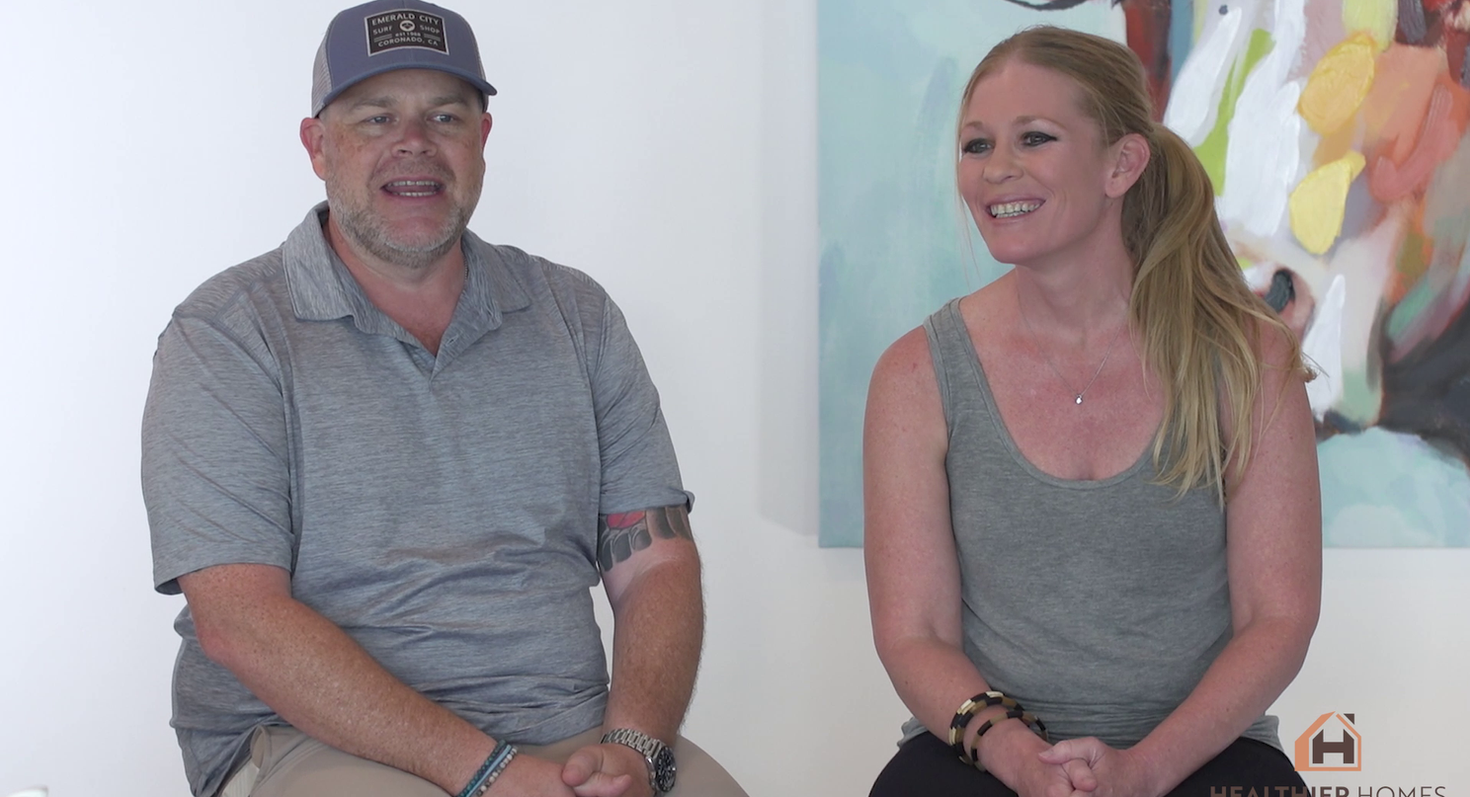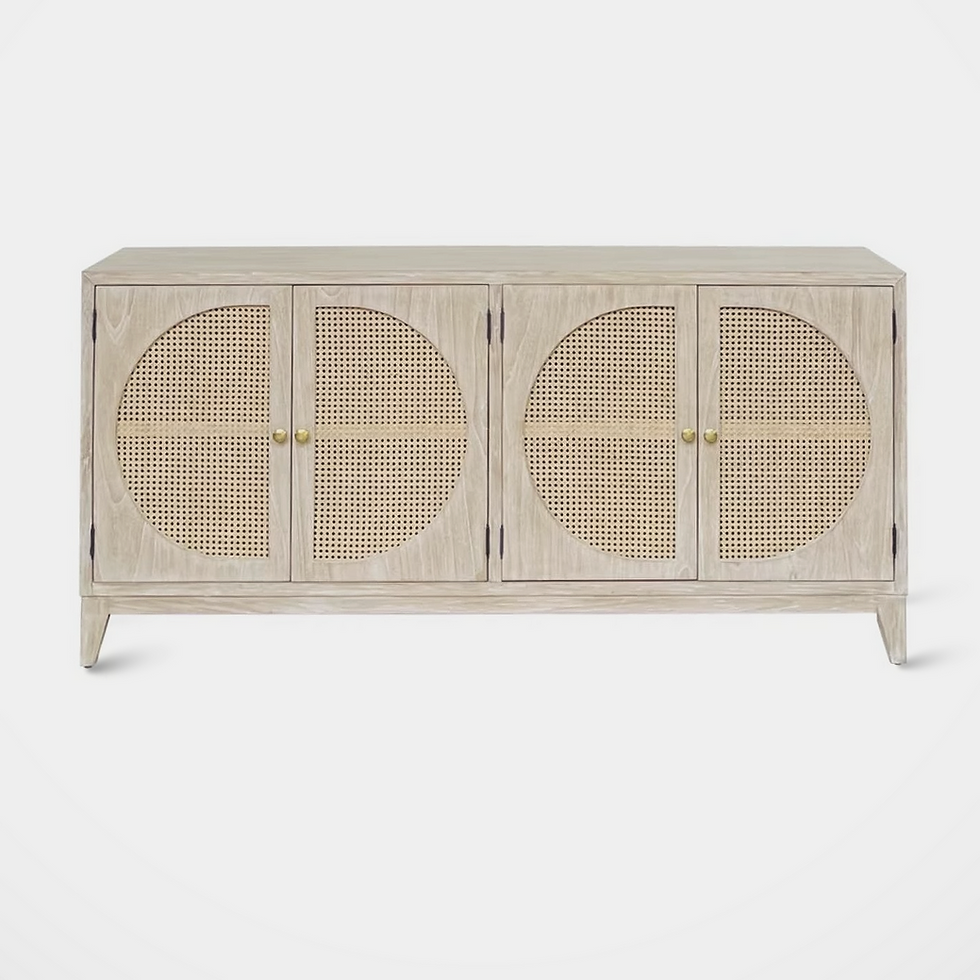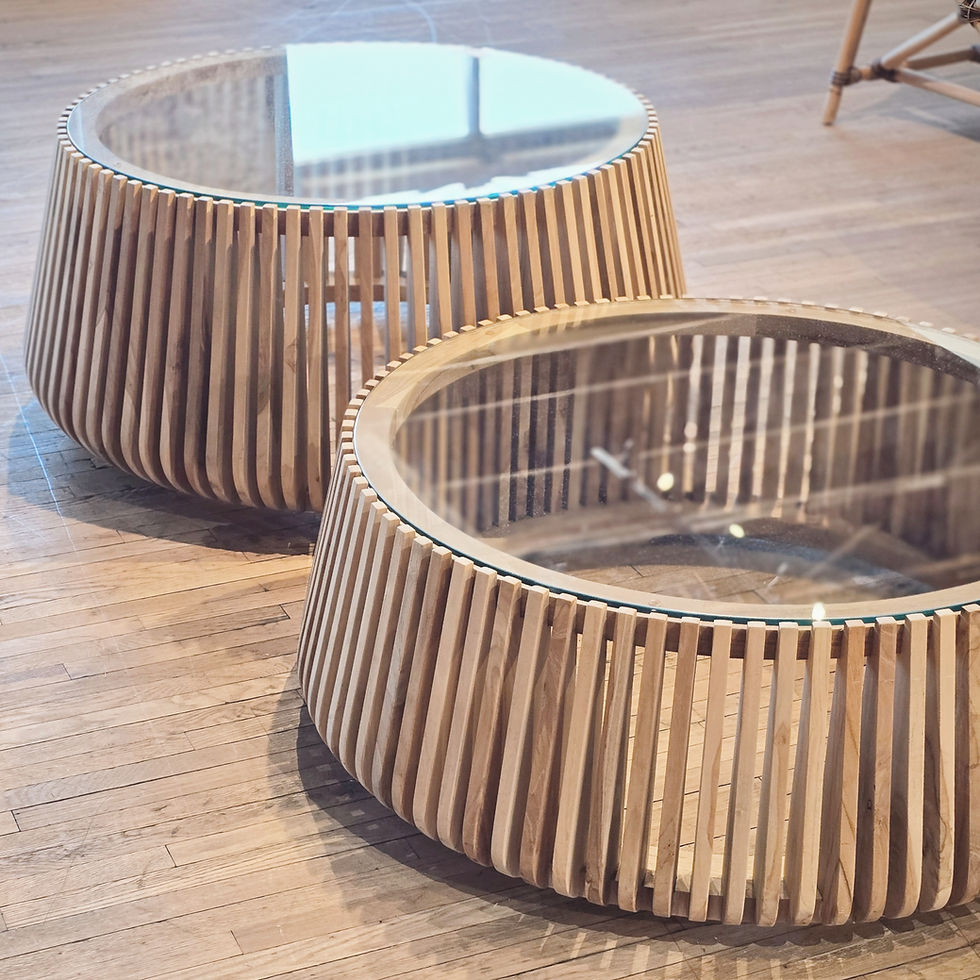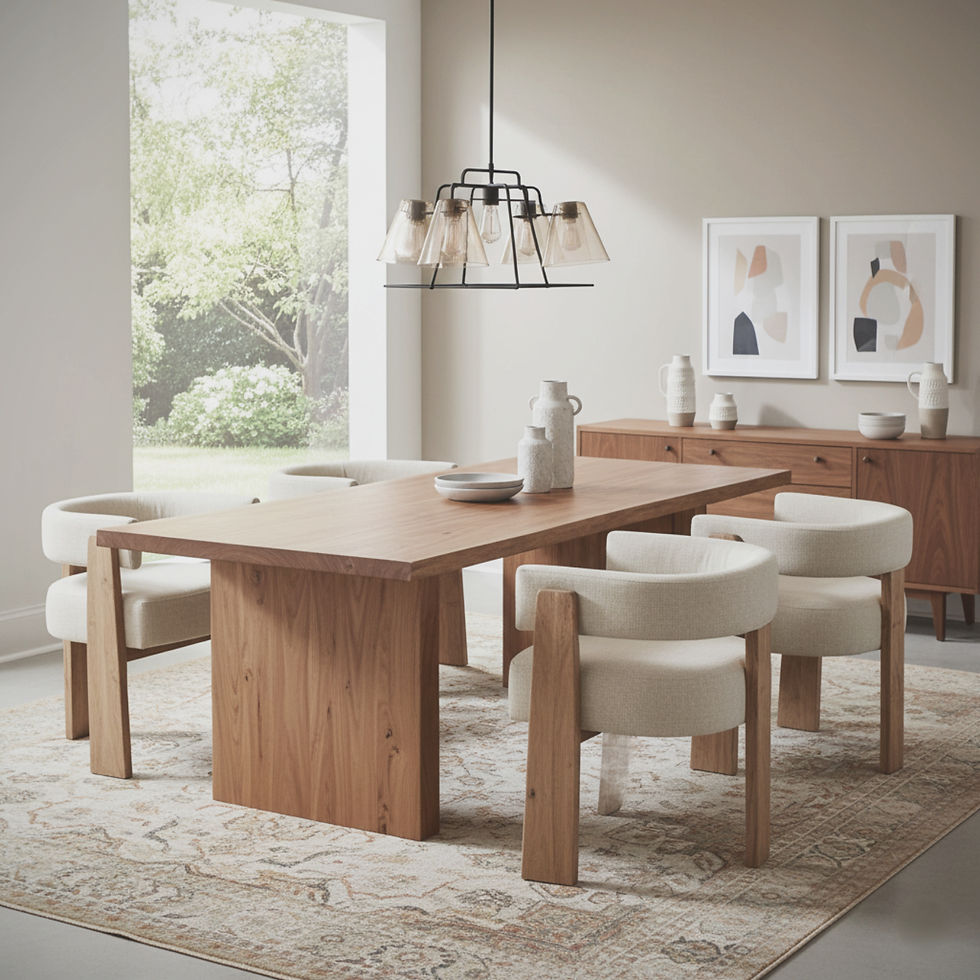
Non Toxic Paint &
Zero VOC Primers,
for a healthier home
Why Healthier Homes nontoxic zero VOC paint is different.
The largest surface inside your home is the walls and ceilings -- your indoor air quality is largely dependent upon your paint. Our zero VOC paint line of primers, natural paints and sealers are formulated using a unique crosslinking system to block chemical offgassing from the surface, including formaldehyde from building materials behind the walls.
Healthier Homes natural paints, primers and sealers cure odorless and contain no hazardous air pollutants (HAPs), no ammonia or acetone, no aromatic petroleum solvents or PVC, no formaldehyde or biocides, and are free of paraffin wax—none of the nasty stuff other guys still use in their 'low VOC' and 'no VOC' paints.

any brand paint color in our nontoxic formula, delivered to your doorstep
Explore our unique line of nontoxic paint & construction products:
Safe Natural Paint:
big on performance
not on chemicals
Healthier Homes safe paints and eco coatings are truly different. Developed by healthy home builders Jen and Rusty Stout, this is not your average milk paint, flaky latex paint or difficult to use mineral paint.
Healthier Homes Real Zero VOC paints are durable water-based nontoxic acrylics, blended with organic clay and minerals, and tinted with zero VOC colorants to any color you want. Time tested, the JS2 Partners home building team uses Healthier Homes paints out in the field daily on renovation and new construction projects. All proudly made in the USA, and we deliver to your doorstep!
We practice what we preach.


Unlike other zero VOC paints, here's what you won't find in Healthier Homes Paints:
formaldehyde
preservatives
mercury & lead
biocides & fungicides
petroleum solvents
paraffin wax
hazardous air pollutants
exempt VOCs
indoor air pollution
chemical odors
Ordering healthy paint.
Custom paint orders are tinted in 3-5 business days. We specialize in large paint orders, too. Contact us for orders over 10 gallons for bulk discounts. (Bulk orders will take longer to fulfill.) Not sure what to order? Drop us a line here!
Are you a furniture manufacturer or builder? Looking for healthy commercial grade paint? Contact us to learn more about our commercial and industrial line of paints and finishes.

Healthier Homes: it's all in the paint
Frequently asked questions about eco paint:
What are VOC's? What is a VOC in paint?
VOC's, or volatile organic compounds, are chemicals that are released into the air as gases. They are found in a variety of everyday products, such as paint, cleaning supplies, and personal care products. Some VOC's are relatively harmless, while others can have adverse effects on human health. In recent years, there has been an increasing focus on reducing VOC emissions in order to improve air quality.
One way to do this is to use zero voc paint. This type of paint does not release any VOC's into the air, making it a much safer option for both indoor and outdoor painting projects. Another option is to use natural or nontoxic paint. These products are made from eco-friendly materials and do not contain any harmful chemicals. Truly nontoxic paint is also odorless, making it a good choice for people with sensitivities to strong smells, children's rooms and those with allergies.
What's the difference between low VOC paint vs no VOC paint?
The EPA's list of VOCs (volatile organic compound) only applies to chemicals that cause outdoor pollution. Many chemicals not classified as VOC's cause harmful indoor air pollution. This is a serious and growing problem. Energy efficient air-tight homes allow harmful fumes to accumulate indoors. Chronic exposure to these hazardous air pollutants (HAPs) is linked to cancers, chronic diseases, allergies and learning impairments.
Even though other paint brands can get away with using nasty petroleum solvents, biocides, ammonia, paraffin and formaldehyde in their low VOC paints and no VOC paints, we choose to use truly nontoxic ingredients with zero offgassing. Each Healthier Homes paint, primer, sealer and cleaning product includes an ingredients list and SDS sheet, so you know exactly what's going into your family's home. We value quality and peace of mind as much as you do!
What does Greenguard Certified paint & Cradle to Cradle Certified mean?
While third party certifications seem like a convenient way to feel confident in the safety of the products and paints that are going into your home, it’s important to know that non-profit organizations like Greenguard Certified and Cradle to Cradle still allow for lower levels of MANY unhealthy ingredients like formaldehyde and ingredients made from tar – none of which are allowed into any Healthier Homes paint products.
Annual costs to have green seals on paint cans are also ENORMOUSLY EXPENSIVE, with Cradle to Cradle costing $3600 and Made Safe ranging from $6000 – $200,000 per year in licensing fees, depending on the amount of revenue a company makes… plus the costs for annual retesting of products, which again adds up to many thousands of dollars.
Greenguard charges $3000 for EACH product certification application; $1000 per category tested (and $500 to have EACH tested each year afterward) on top of their annual licensing fee. One may imagine the immense cost associated with having to test EACH paint product combination, such as pastel base/semigloss/cabinet + furniture paint, and so on.
At Healthier Homes, we believe in transparency. Our durable paints are made with simple, healthy ingredients. What we list in our ingredients and on the SDS sheets is exactly what’s in our paint, and nothing more.
Is paint toxic?
Many people are starting to get savvy about what goes into their own home and living space. Homeowners and renters are asking questions such as, what is a VOC in paint? Is my builder using odorless paint? Or, are my walls painted with organic paint and primer?
On your journey to better living, these are important questions to ask. In fact, this type of open-ended conversation is crucial for a homeowner to have with their builder, so all stakeholders may be on the same page with the same goal – to create a beautiful, functional, healthy living environment. Without sacrificing quality.
If your contractor’s goals are aligned with yours, he/she will be just as excited to embark on this journey as you are. And as always, feel free to have your contractor reach out to us to learn more about how to use our eco friendly paint and sustainable construction products. After all, building or renovating a home is a team effort!
What is latex paint vs. acrylic paint?
When it comes to nontoxic paints, you’ll find latex, acrylic, milk-based and mineral-based. While natural latex is a renewable resource, the major drawback is it’s lack of durability. Latex tends to chip quite easily. Milk-based paints can make your home smell like milk, and they require preservatives to prevent the milk from going rancid. Mineral-based paints have a very different aesthetic, an almost opaque and old-world look with uneven color tones (which is great if that’s the look you’re going for.) Which leaves us with acrylic.
We’ve conducted lots of paint research, and acrylic checks all the healthy home boxes. Our acrylic paint is extremely durable, contains zero VOCs or hazardous air pollutants, and works as a sealer to block offgassing from the surface below. While acrylic is a plastic-derived material which is not renewable, the fact that paint is a permanent fixture in the home and in investment in your home’s beauty and your family’s health, makes it practical. This is why all Healthier Homes paints are water-based acrylics, blended with organic clay, natural minerals and nontoxic zero VOC colorants.
How to pick paint colors using natural paint?
So are you ready for the good news? Just because you’re using eco paint doesn’t mean you have sacrifice color or settle for something similar to the color that you really want. Zero VOC paint is available in thousands of colors and can even be matched to other brands’ colors on their branded fan decks.
The HH inhouse design team reveals that the best way to pick out a paint color for the walls or cabinets is to make a collection of the different materials, textures and finishes going into a room.
This way you can see, for example, how the matte black cabinet pulls look like next to the white quartz countertop and natural stone hex backsplash tile. This way you can match the paint color straight from the deck or with a sample painted piece of sheetrock or wood and get a good idea of how the ensemble will work with different colors. If possible, look at your collection in various lighting conditions. Ideally, using a spot near a window with natural light will mimic how the paint will look most of the time inside the home.


























































































